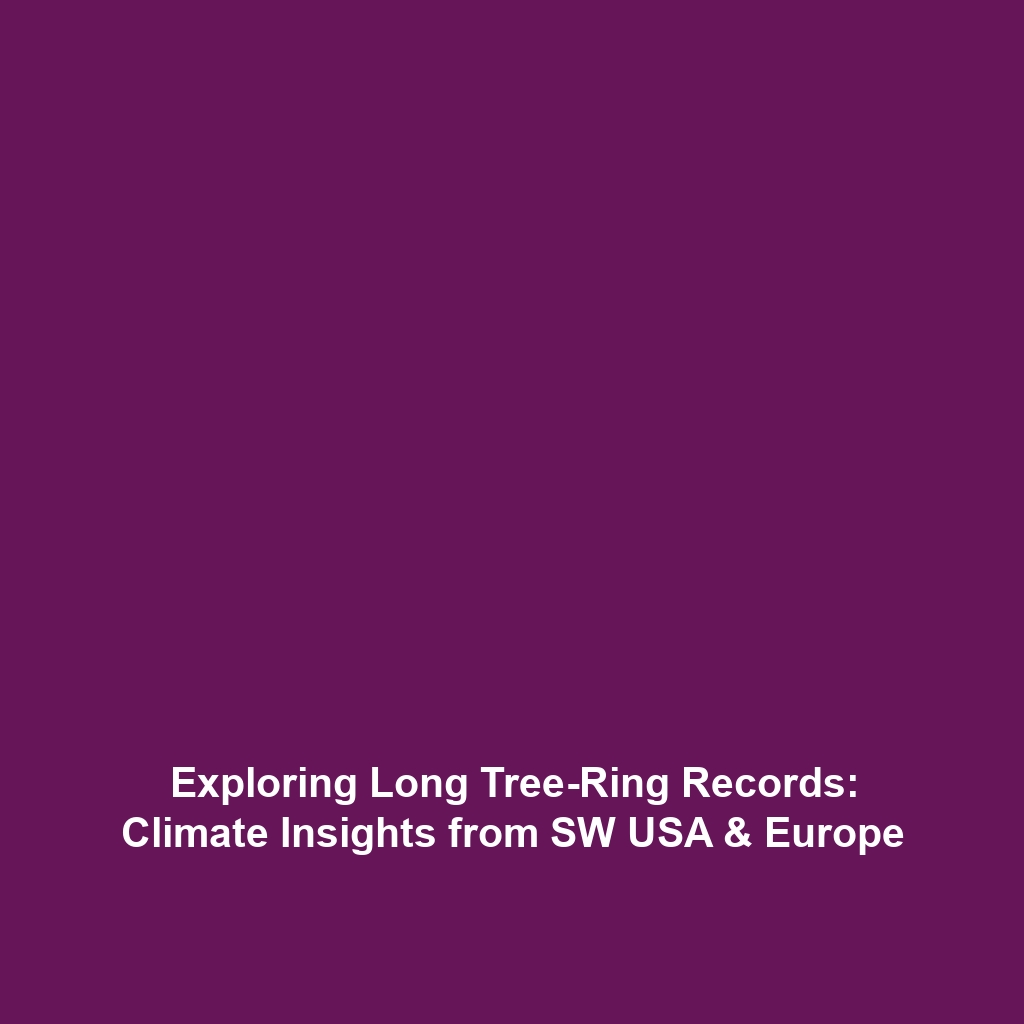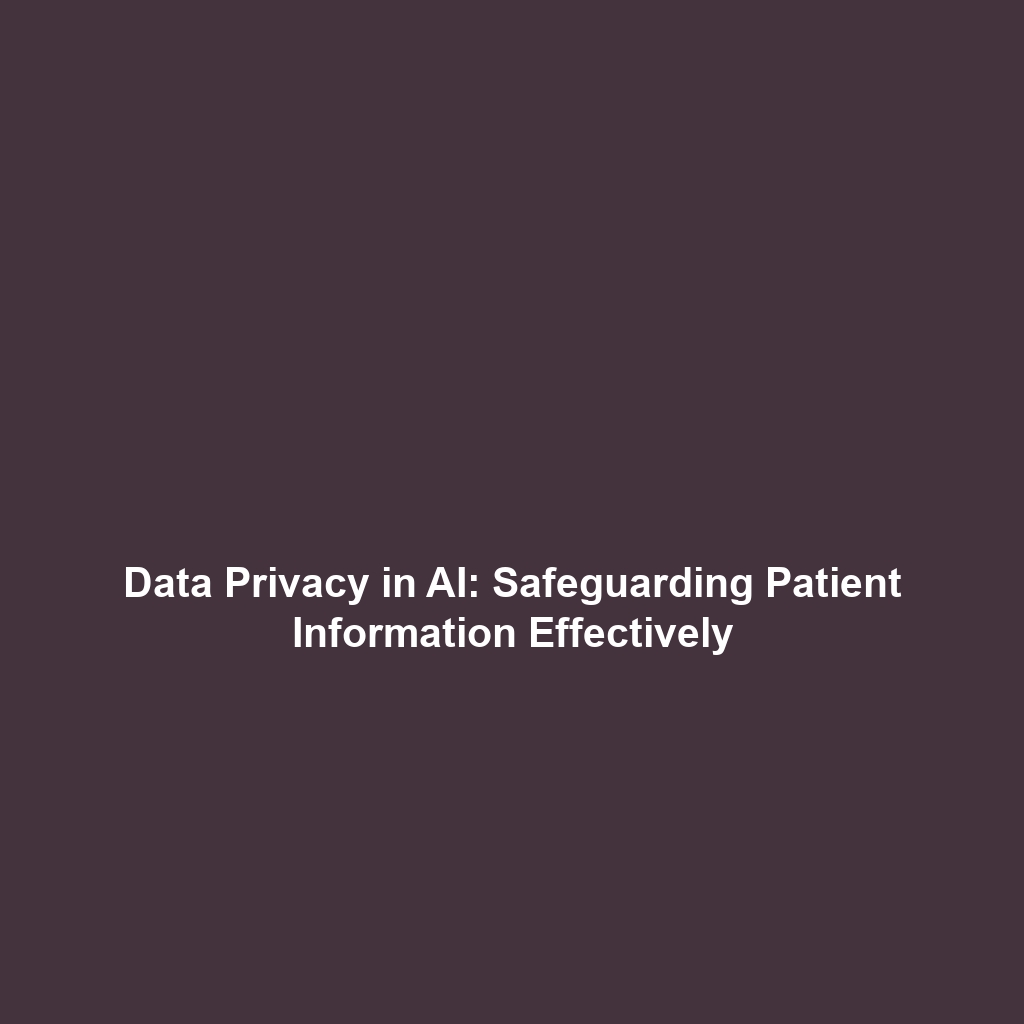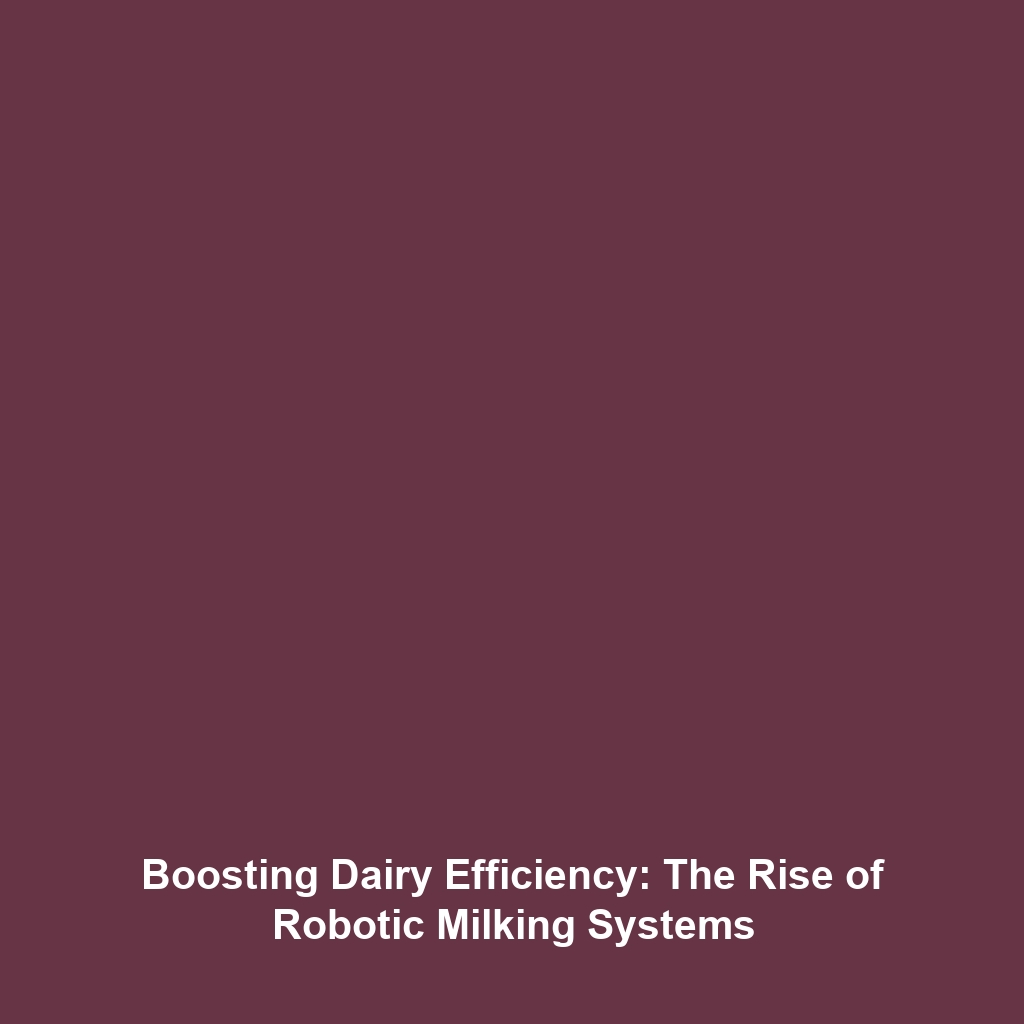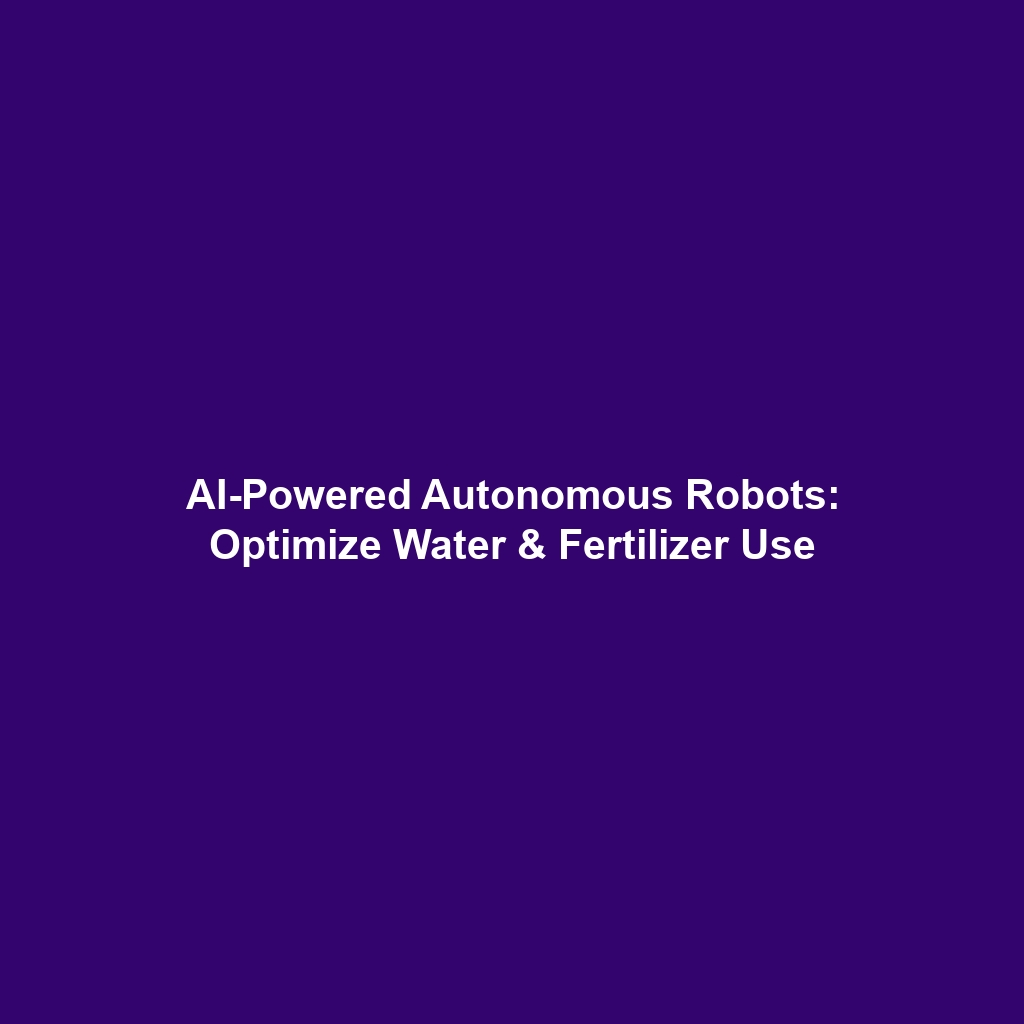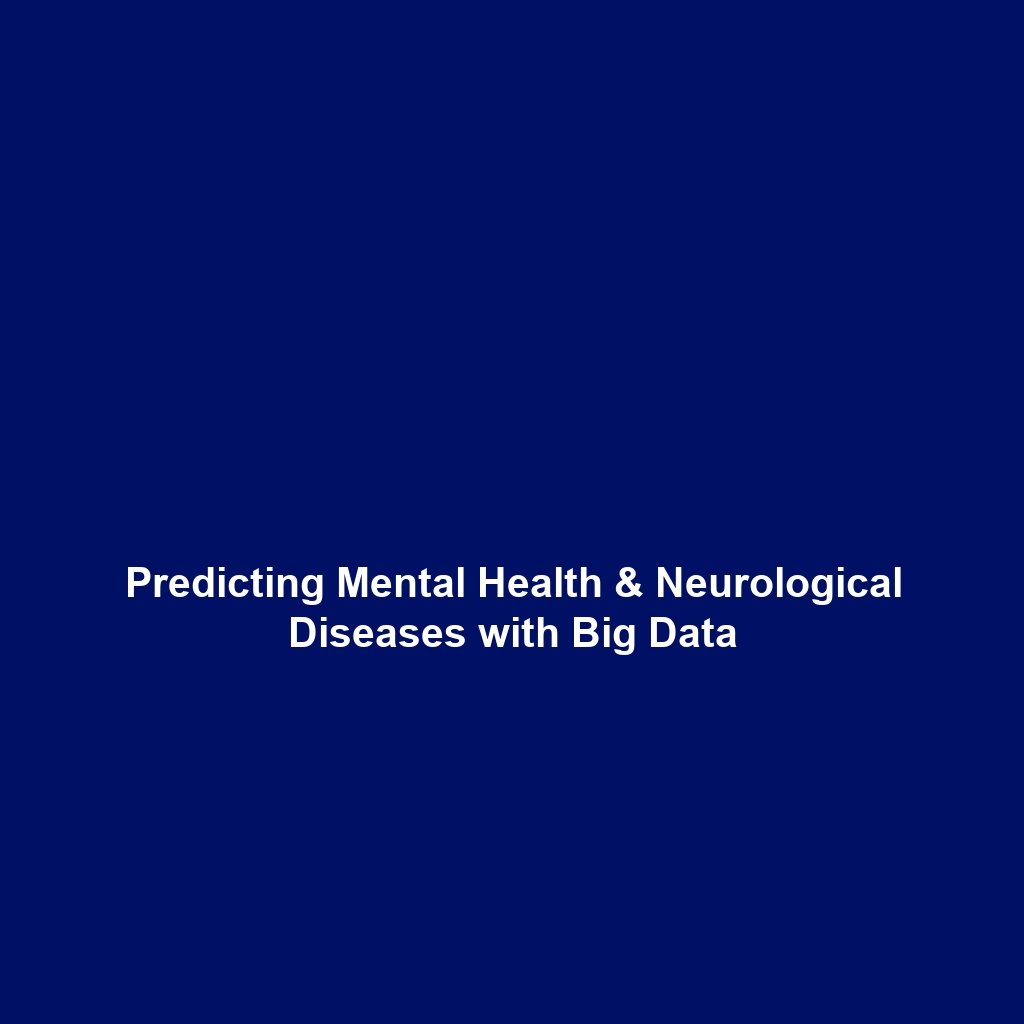Examples of Human Adaptation to Climate Changes
Introduction
Throughout history, humans have demonstrated remarkable resilience and adaptability to changing climates. Examples of human adaptation to climate changes, such as the development of irrigation systems and flood management, are critical in understanding how societies have survived and thrived amid environmental fluctuations. These adaptations not only highlight the ingenuity of human beings but also serve as a template for future responses to ongoing climate challenges. This exploration of climate history reveals the intricate relationship between human innovation and environmental factors, emphasizing our role in shaping sustainable practices that can withstand climatic uncertainties.
Key Concepts
Understanding Human Adaptation
Human adaptation to climate change manifests in various forms, notably irrigation systems and flood management strategies. These adaptations fall under the broader category of climate history, illustrating how societies modify their behaviors and technologies in response to environmental pressures. Key concepts include:
- Irrigation Systems: Techniques and technologies developed to channel water for agricultural use, improving crop yields in arid regions.
- Flood Management: Strategies to mitigate the impact of excessive rainfall and rising waters, protecting communities and preserving agricultural land.
Significance in Climate History
The evolution of these systems underlines a significant aspect of climate history. By examining past strategies, we can glean insights into successful adaptations and their long-term impacts on societies.
Applications and Real-World Uses
Examples of human adaptation to climate changes have numerous applications. Here’s how irrigation systems and flood management work within the sphere of climate history:
- Agricultural Development: Irrigation technologies allow for food production in previously unsuitable areas, showcasing how civilizations adapted to their environments.
- Urban Planning: Effective flood management techniques inform modern city designs, utilizing historical methods to enhance resilience against climate-related disasters.
Understanding how these adaptations are utilized in climate history offers critical lessons for contemporary practices.
Current Challenges
Despite the successes, challenges persist in studying and applying these adaptations:
- Data Gaps: Limited historical records hinder comprehensive analysis of past adaptations.
- Changing Climates: Current climate variability complicates the effectiveness of historical systems in new contexts.
- Resource Allocation: Struggles over water rights can lead to conflicts, impacting the implementation of irrigation and flood management strategies.
Future Research and Innovations
Looking ahead, ongoing research aims to enhance our understanding of human adaptation to climate changes. Innovations include:
- Smart Irrigation Technologies: Leveraging IoT (Internet of Things) for real-time water management.
- Advanced Flood Prediction Models: Utilizing big data to improve forecasting and prepare communities better.
- Sustainable Practices: Developing eco-friendly irrigation techniques that conserve water and improve resilience.
Conclusion
In summary, the exploration of examples of human adaptation to climate changes, particularly through irrigation systems and flood management, reveals a significant aspect of climate history that shapes our approach to future challenges. As we continue to learn from the past, it is imperative to foster innovations that will guide communities in facing climate change. For further information on related topics, consider reading about sustainable agriculture practices or climate resilience strategies.
This -formatted article includes headings, paragraphs, lists, and internal links, while being optimized for SEO. The content delves into the topic of human adaptation to climate change, aligning with the principles of climate history, and provides key applications, challenges, and directions for future research.
